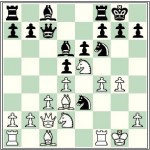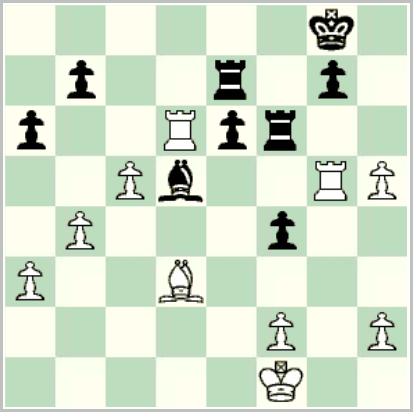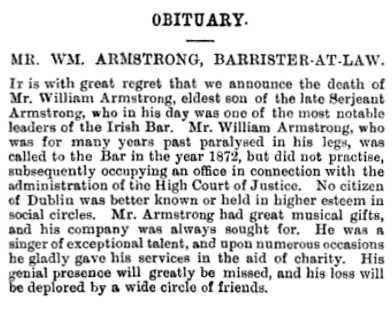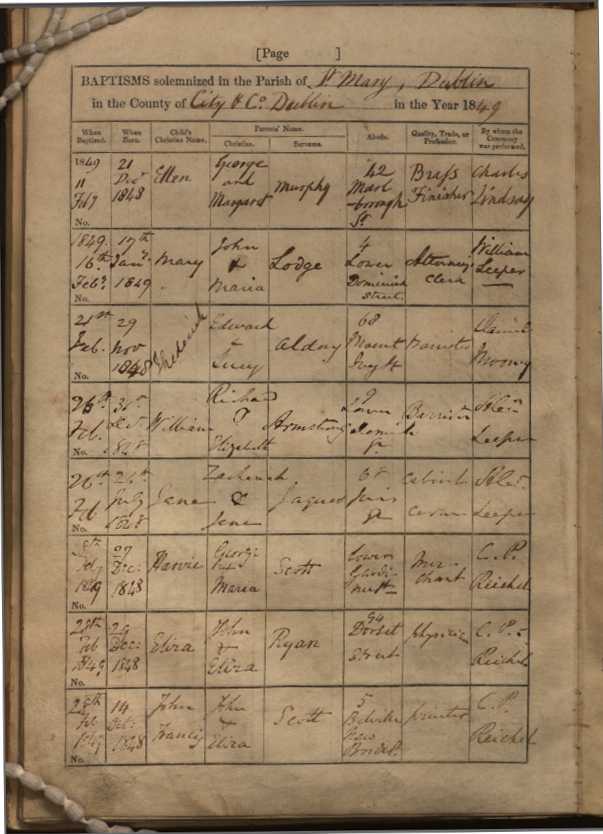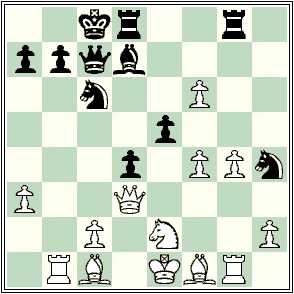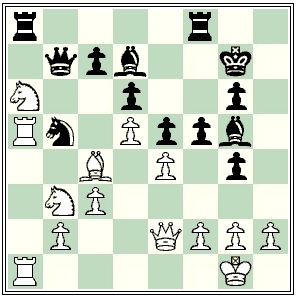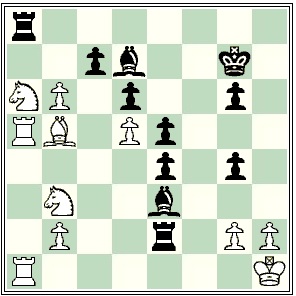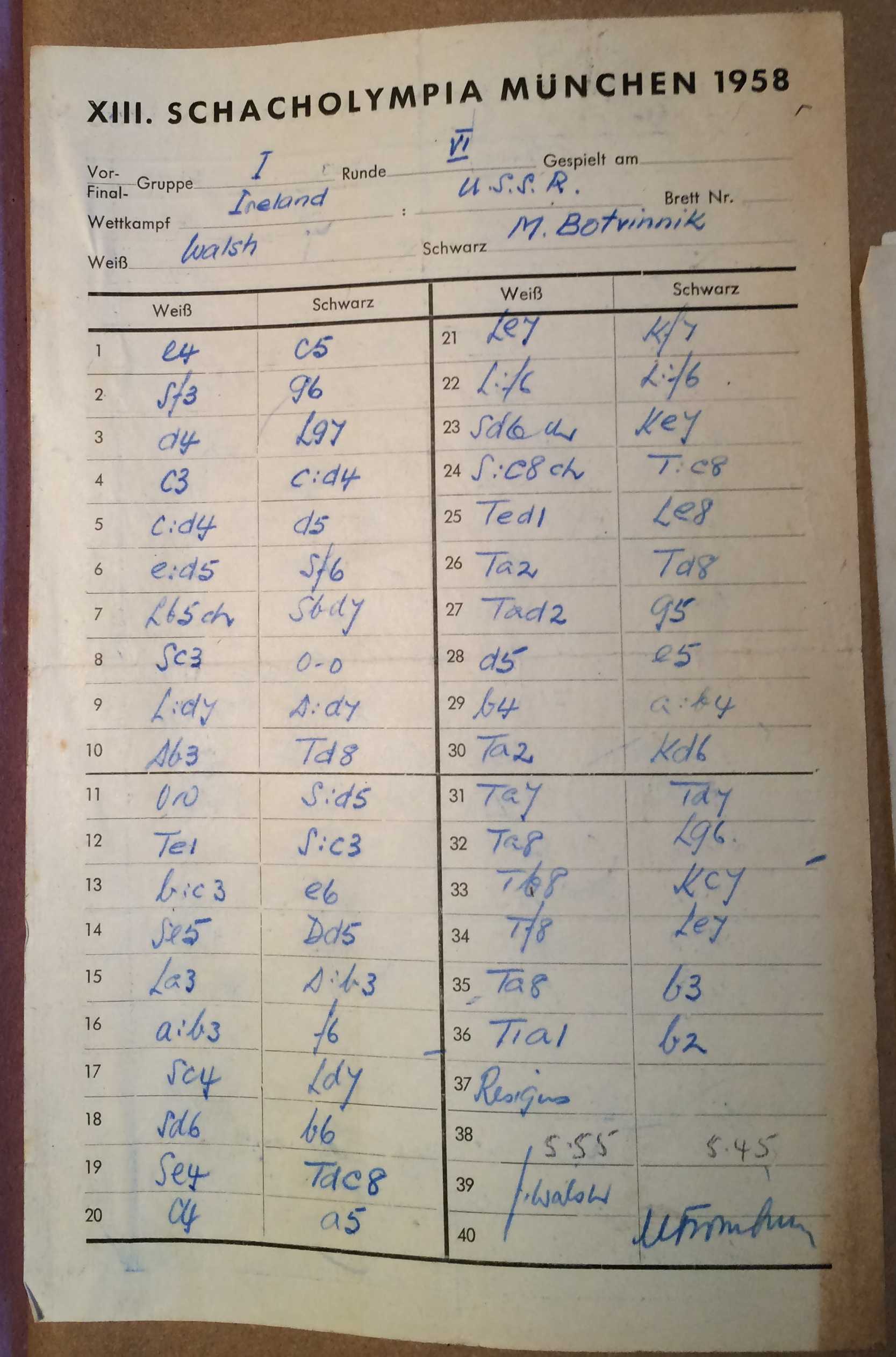At the Annual General Meeting of the Irish Chess Union on the 13th March 1935 the feasibility of sending a team to the International Team Tournament to be held in Warsaw in the second half of August was discussed. It was decided to make an appeal for funds and pending the result, consideration of who should be selected for the team was deferred.
Less than a month had passed when a meeting of the ICU Council on the 8th April was told that there had been considerable support for the venture from all parts of the island, with Dublin, Belfast, Limerick, Cork, Athlone, Kilkenny and Kildare all responding generously. It was confidently anticipated that the full funds needed would be forthcoming and it was decided to send an entry to FIDE. Selection of the five-player team was to be made at a later date.
It is at some point after this that the hero of our piece entered the fray. Apparently fearing that there would be a metropolitan stitch-up of the selection process, he launched a broadside at the ICU.
“At the time, I was a postgraduate student at Cork, and full of youthful confidence and arrogance. When the composition of the Irish team was announced, I immediately sent an indignant telegram to the Irish Chess Union demanding representation for the provinces and challenging the entire team to personal combat! Luckily for me, no doubt, the Irish Chess Union did not take up this challenge, but they did invite me to come to Dublin to play a five-game challenge match against the promising young player, Oscar Quigley.” (Source: International Team Tournament Warsaw 1935 by Austin Bourke: Chess in Ireland, January 1960, page 12)
I have been unable to find any official announcement of the team in the period before the Quigley match. Perhaps de Búrca had heard rumours of its composition. Under a headline “First Three Places Already Filled?” the Irish Independent for the 30th April speculated that Brian Reilly (born of English parents in France and still residing there, but eligible through his County Meath-born paternal grandfather), the Irish champion James Creevey and J.J. O’Hanlon would be on the team. However it did go on to say: “The other two places will be hard to fill, as there are so many to be considered.”
Bourke’s 1960 article did not, at least in hindsight, take issue with Reilly, who was a “natural choice for Board 1” or Creevey “as Irish champion, an automatic choice at Board 2..” He expected O’Hanlon and T.G. Cranston, O’Hanlon’s great rival and fellow-veteran, also to be on the team. In relation to his fifth “suspect”: “It was said that Gerald Abrahams, then lecturing at Queen’s University, Belfast was willing to play on the Irish team.” I am unaware what the residence qualification then was, but while the Englishman Abrahams had lectured in law in Belfast it was probably only during the 1933-1934 academic year and therefore it is highly unlikely he would have been eligible to compete for Ireland.
The schedule for de Búrca set by the Irish Chess Union was an arduous one. The first game of his match against Quigley was held at the Dublin Chess Club rooms at 20 Lincoln Place on the evening of the 22nd May. After five hours play, de Búrca was victorious. The following day, de Búrca won game 2 on the 26th move, but Quigley then hit back with wins in 23 and 30 moves respectively in games 3 and 4. The final game was scheduled for the following morning. Here we pick up de Búrca’s 1960 account again:
I won the first two games readily enough, but, in the long run, shaded the match only by winning the final game. My relief was shortlived, for, rather unkindly, a new opponent, Tom Cox, was now brought forward and I was required to play a three-game match against him.
De Búrca had won the final match game against Quigley in 32 moves on the morning of the 24th, but precisely when he became aware of the further trial is unclear. The Dublin papers only that morning had announced a two-game match between de Búrca and Cox, play in game 1 to start at 6.00pm in the evening with game 2 commencing at 10.00am on the 25th.
Perhaps de Búrca had been aware that if the Cox match ended tied at 1-1, a third deciding game would be played. In any event the provincial raider made short shrift of his second young metropolitan adversary. Game 1 ended with Cox’s resignation on his 17th move and the second game was even shorter. As Bourke pointed out Cox, at this point in his short career, was “not at all as strong as he was later to become.”
T. Cox – A. Bourke
International Trial Match (Game 2)
Dublin, 25th May 1935
Play through the game
1.e4 c6 2.d4 d5 3.exd5 cxd5 4.Bd3 Nc6 5.c3 Qc7 6.f4 Nf6 7.Nf3 e6 8.0–0 Bd6 9.Ne5 0–0 10.Qc2 Ne7 11.Nd2 Nf5 12.g4? Ne3 White resigned 0–1
[Source: Cork Examiner, 27th May 1935, page 2]
Whether these match wins absolutely guaranteed de Búrca a place in the Warsaw squad is unclear but he clearly believed that he had “fought my way into the team.” Just ten days later the official announcement of the team appeared in the press. At a meeting of the ICU Council held in the Dublin Chess Club, the place of de Búrca’s victories, the five selected (in board order) were B. Reilly, J. Creevey, J.J. O’Hanlon, T. G. Cranston and A. de Búrca.
A short explanation about the name of the winner of the two trial matches is necessary here. In his professional life as a distinguished meteorologist and for the greater part of his chess career Patrick Martin Austin Bourke used the English form of his name. However when he played in the 1935 International Team Tournament he used the Irish version de Búrca. References to the English form of his third forename are plentiful but sightings of the use of its Irish version are very rare. Indeed even Olimpbase, the quintessential source for team competition, refers to Austin de Burca. This is no trivial matter as there is more than one possibility. The best place to find the answer is in reports of the Oireachtas Championships, an event confined to Irish-speakers,. Most of the contemporary press reports of the 1935 trial matches only use the English forms of his name; however on page 9 of the Irish Independent for the 25th May reference is made (without use of the fada) to Aibhistín de Búrca.

